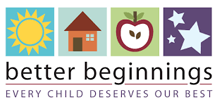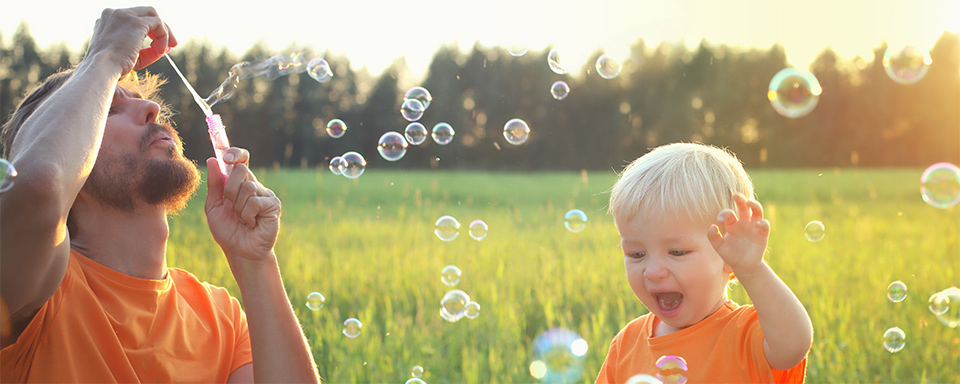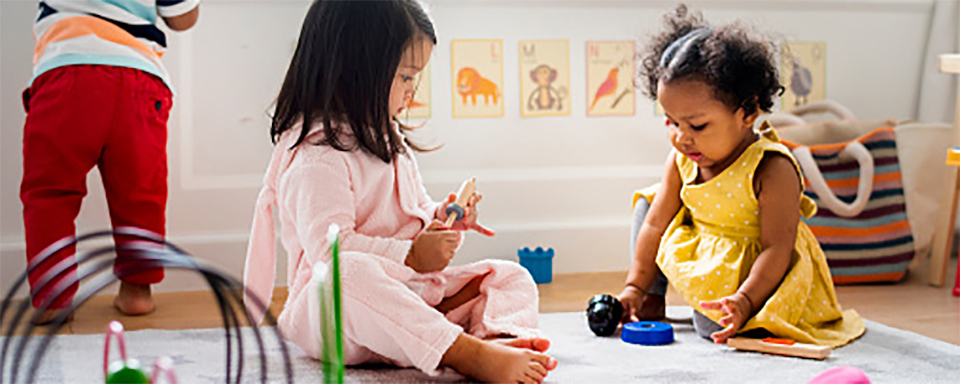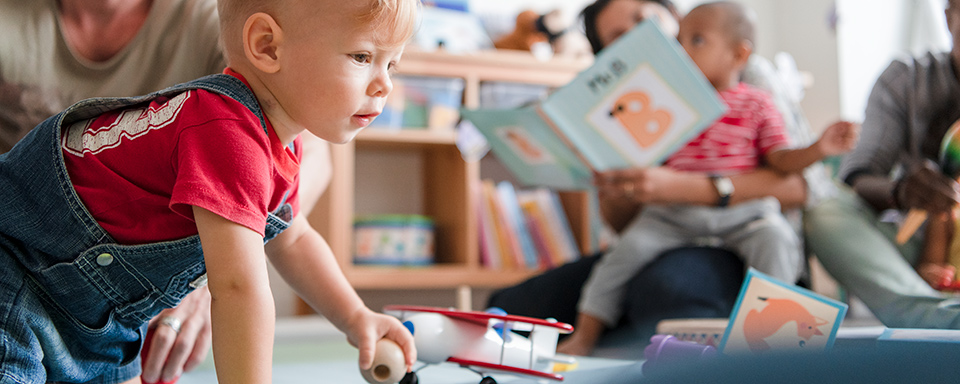Below is a list of the Kindergarten Readiness Indicators developed by the Arkansas Department of Education. Notice that a month is listed to the right of each indicator. By referring to the list, you can know in advance in which calendar month an indicator will be presented. You may also use the list as a guide should you decide to work with your child on specific indicators at a different time than is suggested.
SOCIAL AND EMOTIONAL DEVELOPMENT
- Separates from caregiver to another trusted adult – July
- Takes turns and plays cooperatively with other children -April
- Expresses basic emotions such as happy, sad, mad, or scared – January
- Responds sympathetically to others’ distress with words or actions – January
- Recognizes similarities or differences in interests, ideas, feelings, and abilities between themselves and others, for example, “I can run faster than my friend” or “My dad and I both like to tell stories” – June
COGNITIVE DEVELOPMENT
- Exhibits curiosity, interest, and a willingness to explore new things – January
- Completes a task such as working a puzzle – May
- Adapts to new situations – July
- Focuses and pays attention during an activity such as during story time – August
- Engages in memory games such as, “What’s Missing?” or simple memory activities – May
- Uses number and letter-like forms or drawings to represent ideas or feelings – December
PHYSICAL DEVELOPMENT AND HEALTH
- Gallops, slides, hops, leaps, and skips – October
- Steers a tricycle or other ride-on toys – October
- Balances on a beam or stands on one leg – October
- Catches a ball with both hands – October
- Tosses or throws a ball – October
- Kicks a moving ball while running – October
- Pours without spilling – July
- Builds structures with construction or interlocking blocks – March
- Uses a 3-point finger grip on a pencil, crayon, or paintbrush – September
- Makes a variety of lines and shapes such as O – o + r – September
- Uses scissors correctly to cut simple shapes and pictures – September
- Buttons, zips, laces, or buckles and begins to manipulate more complex fasteners such as attempting to tie shoes and thread belt loops – July
- Names a variety of foods or begins to classify food items as either fruits or vegetables and healthy or unhealthy – February
- Demonstrates awareness of safe behavior and follows basic safety rules and routines – July
- Takes responsibility for personal self-care routines such as handwashing, brushing teeth, dressing, and toileting – July
- Expresses health needs such as, “I’m hungry,” “My head hurts,” or “I’m tired” – February
LANGUAGE DEVELOPMENT
- Understands an increasing number and variety of words for objects, actions, and ways to describe things – November
- Comprehends who, what, why, and where questions – August
- Performs up to three-step directions – January
- Uses four- to six-word sentences – January
- Tells increasingly detailed stories or ideas – February
- Communicates clearly enough to be understood by most people – August
- Takes turns in conversations with others – August
- Responds to the English language – August
- Speaks and expresses themself in English – January
EMERGENT LITERACY
- Listens, tells, and engages in stories being read – August
- Participates in singing songs and saying rhymes – February
- Retells stories from favorite books and personal experiences – August
- Decides if two words rhyme, for example, cat and bat – February
- Holds a book right-side-up, turns pages front-to-back, follows print left-to-right, and top-to-bottom – August
- Recognizes and names letters, especially those in their name or on road signs, storefronts, and restaurant signs – November
- Produces the correct sounds for some of the letters of the alphabet – February
- Writes some letters correctly, especially those in their name – September
MATHEMATICAL THINKING
- Says numbers in order up to 20 – December
- Compares whether the objects in one group are more than, less than, or the same as objects in another group – March
- Counts objects using one number for each object – December
- Recognizes four objects in a group without counting – December
- Recognizes numerals 1-10 – December
- Sorts objects by color, shape, and size – April
- Recognizes and repeats patterns such as triangle, square, triangle, square – April
- Measures and compares the height of objects – March
- Arranges objects from shortest to longest, for example, shoe sizes or different lengths of yarn – March
- Recognizes and names familiar shapes such as a square, triangle, circle, or rectangle – April
- Understands and uses words such as inside, outside, up, down, over, or under – January
SCIENCE AND TECHNOLOGY
- Asks questions about the world around them, for example, “What do plants need to grow?” – May
- Recognizes that living things change over time, for example, babies grow and become adults, and seedlings grow and become plants – May
- Describes objects and materials by their physical properties and sorts them based on similarities and differences – April
- Explores the functionality of digital devices – June
SOCIAL STUDIES
- Knows first and last name, age, and the names and cultural heritage of family members – June
- Understands and talks about today, yesterday, tomorrow, after lunch, day, and night – July
- Shows awareness of familiar buildings and places in the community such as home, school, grocery store, and park – November
CREATIVITY AND AESTHETICS
- Expresses themself by singing and moving to the beat and speed of music – September
- Creates art independently by using a variety of art materials with purpose and planning – September
- Uses pretend play to process experiences, feelings, and roles represented in fantasy or real-life scenarios, such as reenacting a visit to the doctor, pretending to rock a baby, or be a cashier – September







